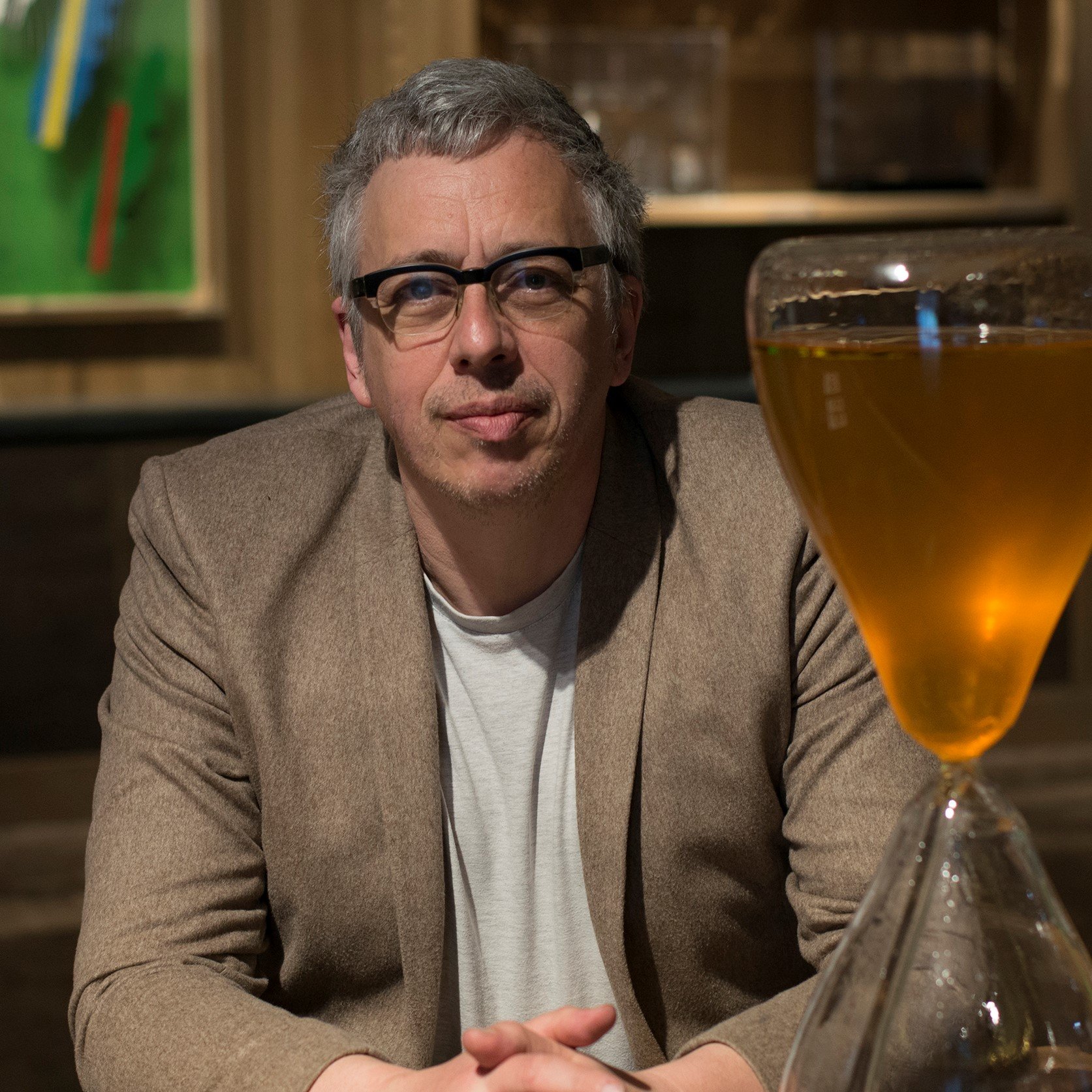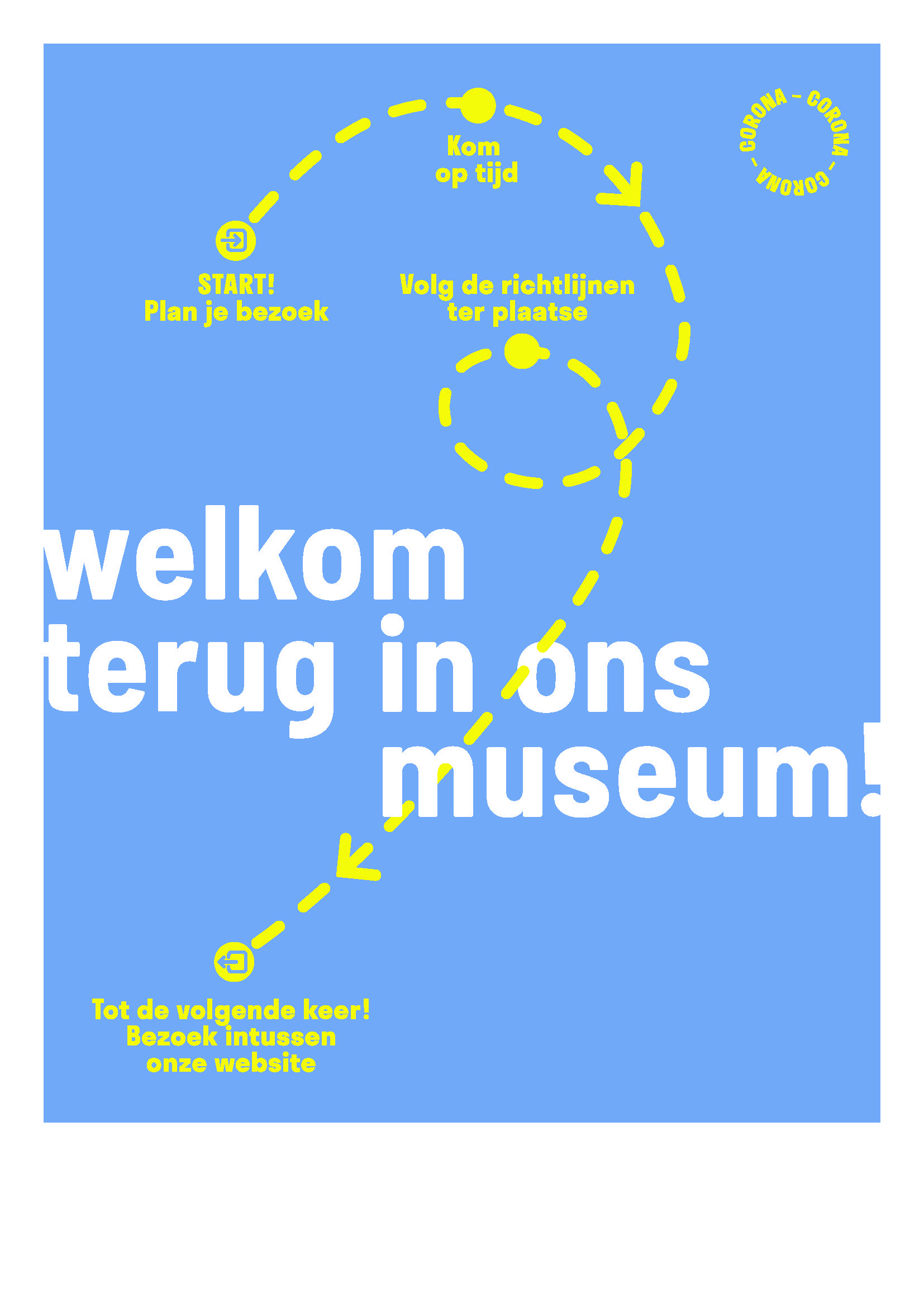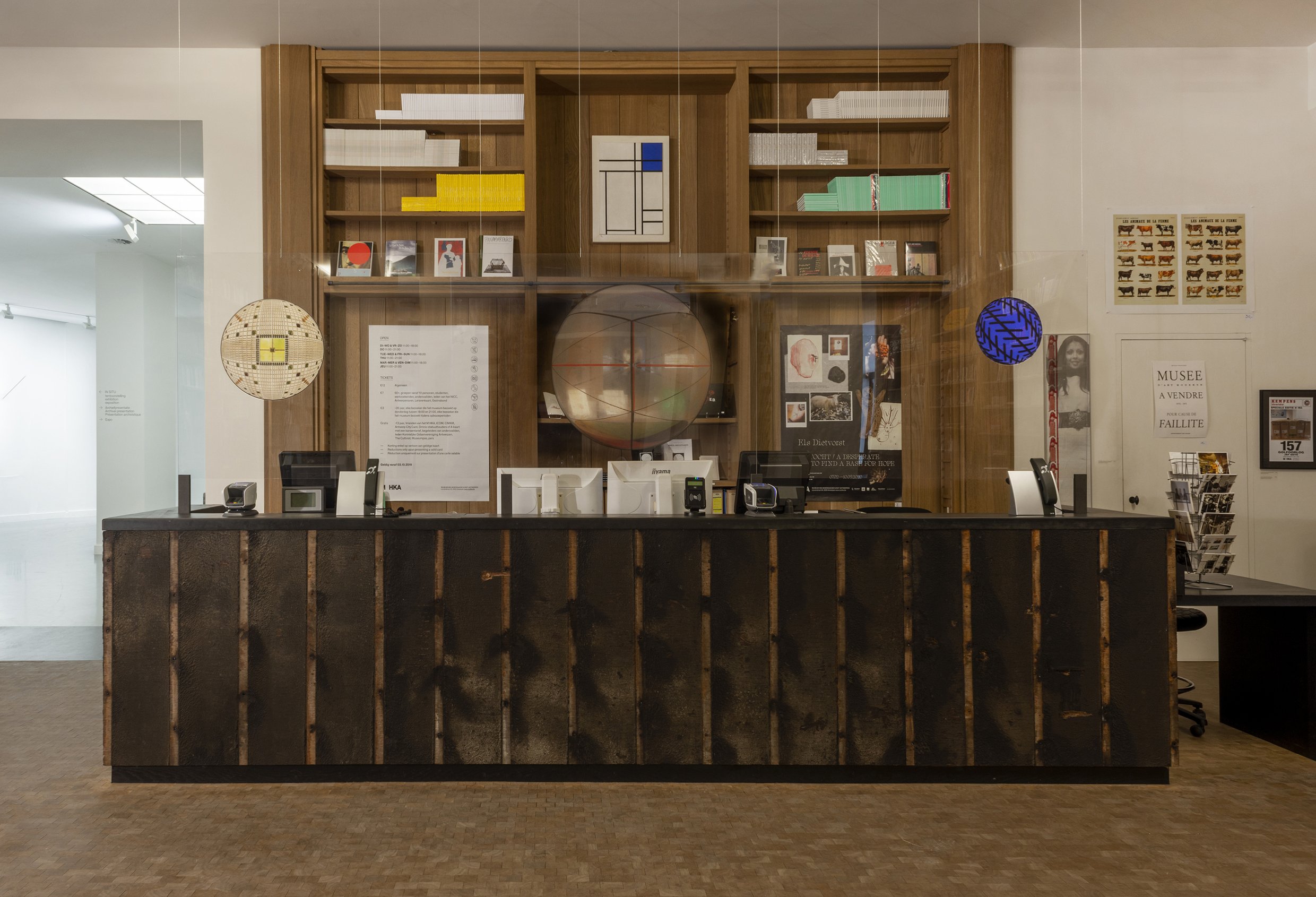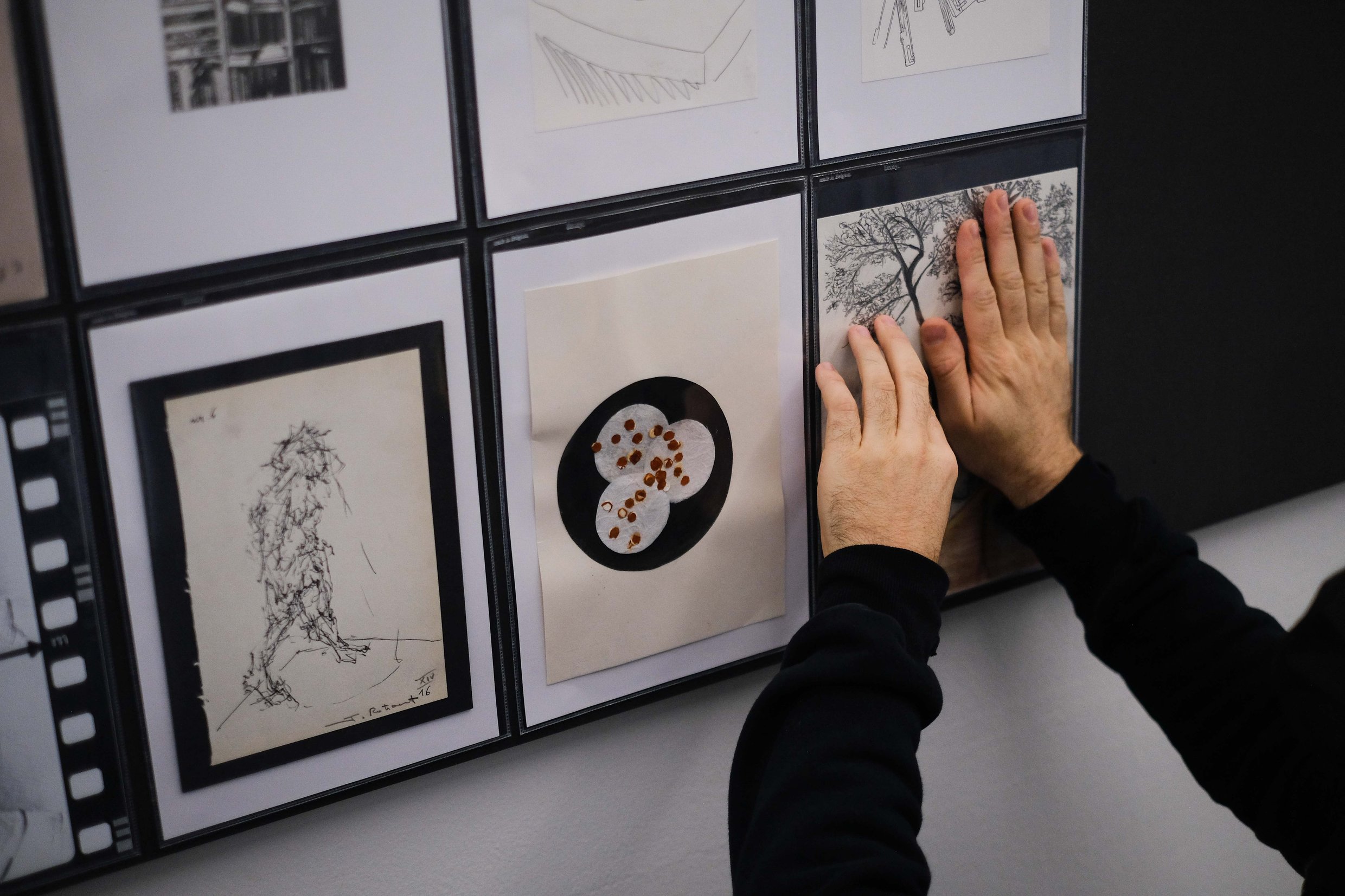"Museums are the safest covered public spaces"

In 2020, museums and collections all over the world were deeply affected by the COVID-19 pandemic; consequently, many public-facing institutions were required to take a position on their operations. The Museum Watch Committee saw the extent to which museums played a specific role in the discussions on COVID-related lockdown measures within wider fields such as arts and culture, entertainment, and leisure.
To monitor the roles and positions of institutions internationally, the Museum Watch Committee asked CIMAM members to identify the main arguments used worldwide to keep museums open and operational in these difficult times. It launched this project in November 2020.
This call to action activated contemporary art professionals worldwide, spanning Argentina, Australia, Belgium, India, Italy, Peru, Russia, Singapore, Spain, and the United States. They presented their main arguments to keep their museums open or reopen them soon and shared their experiences from the pandemic.
Find below the example submitted by Bart de Baere, Director, M HKA Museum van Hedendaagse Kunst Antwerpen, Antwerpen, and member of the Board of CIMAM.
- In Belgium museums became a ‘first tier’ component of the corona pandemics reopening discussion: in the first lockdown museums were reopened early. They were then the first ‘positive signal’ for the cultural sector, which had until then been mainly portrayed as a sector catastrophically damaged. In the second lockdown museums were once more one of the three first sectors to be allowed to reopen.
- This was spearheaded by consultations in the Flemish museum meeting. They combined a reflection on the fundamental position of museums in society, with the development of clear, detailed protocols that were condensed into attractively formulated structural plans. In the spring this was a ‘seven point plan’; for the second reopening this was reformulated into a ‘ten point plan’, officially endorsed by the Flemish minister-president who also actively lobbied for reopening the museums early in the National Coordination Committee.
- The trajectory combined formal advisory trajectories and good coordination with museum organisations in the other parts of the country, with clearly formulated synoptic basic arguments that were also informally pitched to key scientific advisors and decision-making politicians.
- These arguments would focus on the fact that museums are the safest covered public spaces, combining large scale halls, top level air control and a sophisticated expertise in crowd management. Added to that was an underlying concern about the cultural quality of the public offer.

- In the second lockdown the focus was on the huge pressure on public space in cities, museums being an extension to this that might relieve part of the pressure and give qualitative experience. All of this was the outcome of reflections of museums as an essential public service that was also reflected in punctual initiatives by individual museums.

M HKA, the Antwerp contemporary art museum, asked artist
Anne-Mie Van Kerckhoven to work with the quite clinical plexi panels established everywhere to shield of staff from visitors, to turn them into a positive experience.

She upgraded them into an artwork with three ‘square’ images turned into a sphere; the images coming from three different sources; mysticism with the heavenly, avant-garde with Hilma Av Klimt, and a scientific bionics scheme.
When the museums had to close down again unexpectedly on October 30th, SMAK, the Ghent contemporary art museum ‘opened’ an exhibition of 400 drawings that had been made during the first lockdown, presented to the media as ‘shown as of now, behind closed doors’, a move that was widely remarked upon.
The below conclusions and examples aim to encourage and inspire modern and contemporary art museum professionals worldwide to keep their museums operational.
1.MUSEUMS ARE SAFE SPACES
The scale of exhibition spaces, temperature, and air controls, as well as crowd management, make museums some of the safest public spaces. Museums have established very clear protocols and guidelines to enable both staff and visitors to remain safe in the museum and workspace.
2.MUSEUMS ARE AN ESSENTIAL SERVICE
Art and culture are essential to our individual and collective well-being. They offer one of the most positive ways of engaging with complexity and uncertainty in these difficult times. Museums contribute by engaging with and supporting the emotional and intellectual health and growth of citizens. They offer much-needed contact with the material, the physical, and the real, in a safe environment.
3.MUSEUMS ARE DRIVERS FOR ECONOMIC RECOVERY
Museums support thousands of jobs and should be seen as drivers for economic recovery in the cities and countries where they are situated. Each museum is encouraged to demonstrate the number of jobs that it sustains in its city.
4.MUSEUMS CAN ACT COLLECTIVELY
Museums are advised to come together with other museums and cultural institutions in their city. To have a common position and voice. To get stronger and stand collectively to push forward their petition. During the pandemic, many museums and cultural associations have worked closely with one another for the betterment of cultural sectors as a whole.
5.MUSEUMS CAN ADAPT
Without access to physical spaces, museums have seen an increase in the digitalization of their programs and activities. Either for survival or as an opportunity, museums have taken advantage of technology to upgrade their online presence and build new online audiences from all over the world. While many museums have seen their international visitor numbers reduced, they are now focused on engaging and attracting new local audiences.
6.MUSEUMS SHOULD MAINTAIN DIALOGUE WITH THE GOVERNMENT
Whether or not the government supports arts and culture, it is of key importance to maintaining an open dialogue. Museums should keep insisting on their significance to society at large, leveraging on arguments for why they are crucial spaces for citizenship and economic recovery.